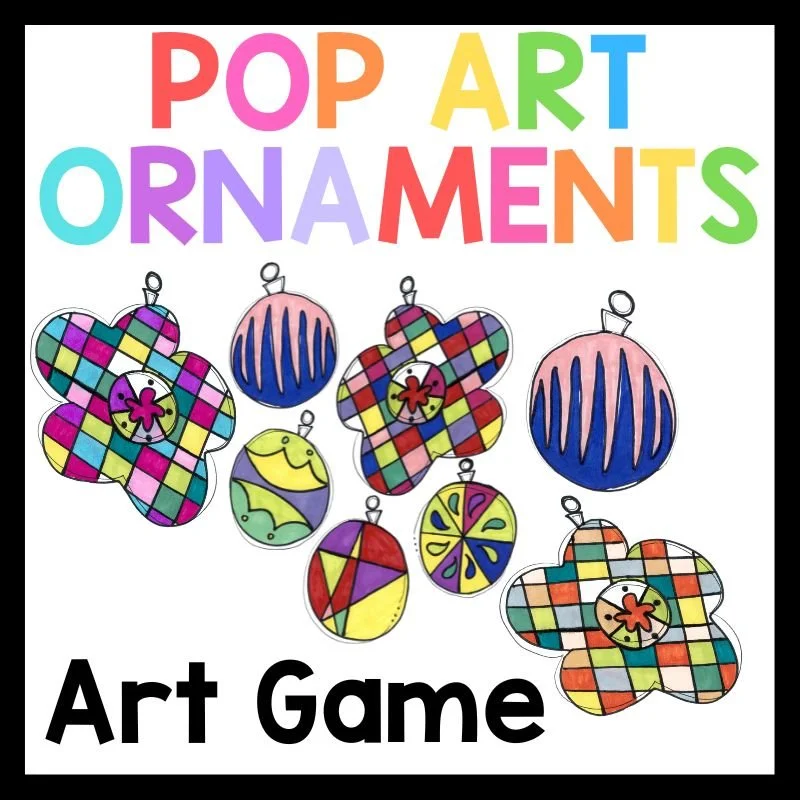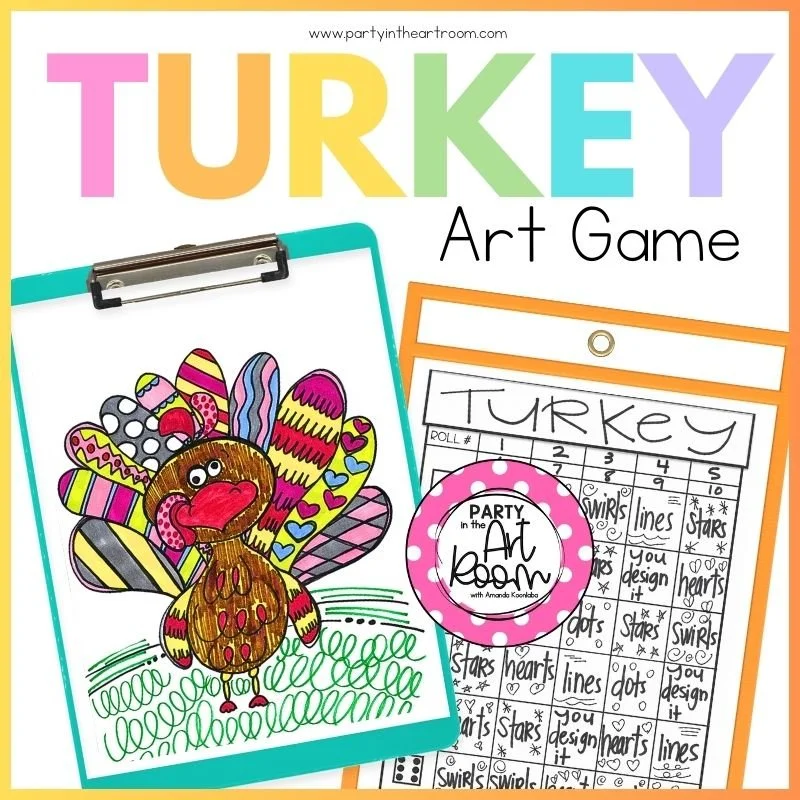3 Easy Elements Of Art Projects For Kindergarteners
Art education can serve a variety of purposes in a young person’s life. Whether to encourage the development of fine motor skills, improve creative problem solving, or offer an opportunity for self-expression, art is a valuable piece of every child’s education. One of the best ways for kindergarteners to improve at art is to focus on activities that teach them the elements of visual art.
What are the Elements of Visual Arts?
The elements of visual arts refer to the seven elements that make up all of the visual art.
Line – Line is the most basic element of visual art and is defined as a connection between two points.
Shape – Shape is when multiple lines connect to form an enclosed object that has length and height. Shapes can be organic or geometric depending on the rigidity of their form.
Form – Form is when a shape takes on a third dimension of depth and provides the audience with an object that looks dynamic on the page. Lighting, shading, and composition all contribute to an object's perceived form.
Space – Space refers to all of the area both around and inside of an object. This can be the positive space within objects or the negative space that surrounds objects.
Value – Value is the amount of light within a piece of visual art. Value is measured from pure bright white to pitch dark black. Value is used to add depth to a piece of visual art.
Texture – Texture refers to the pattern present in two-dimensional art that adds depth and value to a piece. It can also refer to a three-dimensional texture present on a piece due to the addition of materials like paint, fiber, or sand.
Color – Color is a spectrum that measures how much light is reflected from an area to the viewer’s eye. Colors can be manipulated by saturation and value to create a never-ending collection of hues that add emotion and depth to a piece of visual art.
Mastering the individual elements of visual art can improve creative thinking as well as artistic ability. Breaking down the elements into individual activities can help kindergartners improve their fine motor skills while building a foundation that will serve them throughout their entire art career. Here are some activities that focus on the elements of visual art to try with your kindergarteners.
Master Line and Shape with the Ice Cream Painting Project
Creating a beautiful bowl of ice cream with crayons and tempera paints is a great way for kindergarteners to practice creating shapes with simple lines. Not only will students create the initial design with a combination of curved and straight lines, but they will have the creative freedom to use the basic elements of visual art to decorate their ice cream.
Once students have mastered the lines and shapes needed to make their initial design, they can use vibrant watercolor paint cakes to make their dessert pop off the page. What seems like a simple painting turns out to be the perfect practice of line, shape, texture, and color.
Practice Shape and Texture with the Folk Art Alligator Project
There is nothing better than a cross-curricular activity in the art room! That is why Folk Art Alligators are a great way to incorporate history and culture while we practice the elements of visual art in the kindergarten classroom.
This creative activity teaches students about the history of folk art while providing hands-on practice of line, shape, form, texture, and color. Students will start by practicing their lines to make the basic shapes of an alligator in the folk-art style. This specific style can help students isolate geometric shapes making it easier to practice.
After the folk-art alligator is drawn, students can use vibrant colors and interesting patterns to add texture. Students can draw inspiration from historical examples or try something new if they practice adding color and texture to the positive space of their alligator.
When finished, alligators can be cut out and hung on the wall to create a captivating parade of folk-art pieces.
Learn Color and Space with the Hound Dog Project
Bringing our four-legged friends into the classroom can be a fun way to bring our art to life. s also can practice space by filling in the background behind their furry friend. Not only will students love the opportunity to paint their dog, but they will be practicing some of the most important elements of visual art at the same time.
Conclusion
By incorporating these fun and engaging art projects into your kindergarten curriculum, you can effectively introduce your young students to the foundational elements of visual art. Through mastering lines, shapes, color, and texture, they not only develop their artistic skills but also enhance their fine motor abilities, creative problem-solving, and self-expression.
These projects provide a balance of structure and creative freedom, ensuring that learning art becomes a joyful and enriching experience. Encouraging your students to explore and experiment with these elements sets the stage for a lifelong appreciation and understanding of the visual arts.
Artful Literacy Centers™ utilize artistic processes to engage students with literacy concepts. Rather than rote memorization, the focus is on developing critical thinking, creativity, and imagination.
You might be interested in:
Affiliate Disclosure: Party in the Art Room is supported by its audience. When you purchase through links on this site, a commission may be earned.I’m Amanda, and I align standards and integrate content to help teachers meet the needs of the Whole Child in art class! I have yet to find a standard that I couldn’t teach through art, and I want to share it all with you.
Not sure where to start with bringing art and content together? This freebie guide is packed with 25 ideas to align your art lessons with math and ELA standards. Your students will be crafting art and practicing algebraic thinking. Win-win!
I want all students to feel successful in the art room, so I created a standards-based Daffodil Collage lesson to do just that! The lesson includes an artist study, student reflection, and more, so push your artists to their full potential.
Follow along on my Instagram page for more tips on teaching the Whole Child in the art room!
Connecting art and content together doesn’t have to be mind-boggling. I’ve made it simple with 25 math and ELA art lesson starters - for free! Plus, I included 15 worksheets for students to reflect on their art-making journey.










